Reviewed by Julianne Ngirngir
The smartphone battery arms race just hit hyperdrive, and OnePlus might be leading the charge in ways that'll make your current flagship feel positively ancient. While Samsung and Apple are still nursing 5,000mAh batteries like it's 2019, Chinese manufacturers have rapidly embraced silicon-carbon battery technology, cramming 6,000mAh and above capacities into flagship devices. The OnePlus 15 rumors suggest we're about to witness something unprecedented: a 7,000mAh battery that could fundamentally change how you think about phone charging. But here's the kicker—this massive leap forward might come with design changes that'll divide the OnePlus faithful.
What you need to know:
Revolutionary capacity: OnePlus 15 could pack a 7,000mAh silicon-carbon battery—nearly twice the Galaxy S25 Edge's 3,900mAh
Multi-day endurance: Current OnePlus 13 already delivers 21+ hours of web browsing with its 6,000mAh cell
Fast charging evolution: 7,000mAh batteries supporting 120W fast charging charge in about 40 minutes
Design trade-offs: Flat displays, custom buttons, and potentially thicker profiles to accommodate massive capacity
The silicon revolution is already here (and it's incredible)
Here's what makes this battery breakthrough so compelling: silicon-carbon technology isn't just theoretical—it's already transforming daily smartphone usage. The OnePlus 13 proved that silicon-carbon batteries can store significantly more lithium ions than graphite, leading to higher energy density while maintaining faster charging speeds. The current OnePlus 13 packs a 6,000mAh silicon-carbon battery into an impressively slim 8.5mm body—a 600mAh jump from the OnePlus 12's 5,400mAh cell.
But the real game-changer is coming: Digital Chat Station claims OnePlus is advancing silicon-carbon batteries with 15% silicon content, a significant leap from the 6% silicon content in current models. This isn't just incremental progress—the technology enables dramatically different usage patterns. Where traditional batteries force you into nightly charging rituals, silicon-carbon cells are rewriting the rulebook.
PRO TIP: The Silicon NanoStack technology doesn't just increase capacity—it generates significantly less heat during charging and reduces mechanical stress, meaning these batteries should retain most of their performance even after years of heavy use.
The real-world impact? Users report the OnePlus 13 lasting 21 hours and 30 minutes in web browsing tests, with many finding their device still at 82% when they'd normally expect 50-60% remaining. This isn't just better battery life—it's a fundamental shift in how phones integrate into your daily routine.
What 7,000mAh actually means for your daily routine
Here's what you need to know about living with massive battery capacity:
Weekend camping trips: No more portable chargers or battery anxiety during multi-day adventures
International travel: Full days of GPS navigation, photography, and communication without hunting for outlets
Heavy usage scenarios: Video streaming, gaming, and video calls for hours without hitting the dreaded 20% warning
Professional workflows: All-day video recording, live streaming, or mobile editing without battery compromises
A 7,000mAh battery in the OnePlus 15 wouldn't just be a spec sheet bragging point—it's almost twice as large as the Galaxy S25 Edge's 3,900mAh battery and 2,000mAh larger than the Galaxy S25 Ultra. To put this in perspective, imagine your current phone's battery life, then double it. That's the reality we're approaching.
Industry sources suggest that 7,000mAh batteries supporting 120W fast charging take about 40 minutes to fully charge. The OnePlus 13 already demonstrates this potential—its 6,000mAh battery fully charges in 43 minutes with 100W wired charging, while the new AIRVOOC 50W Magnetic Charger can wireless charge it completely in 65 minutes.
The charging math becomes even more compelling: if you're getting 2-3 days of usage per charge cycle, that 40-minute charging session once every few days effectively eliminates battery anxiety entirely.
The design shake-up that's got everyone talking
Here's where OnePlus might be making some controversial choices that reflect deeper engineering realities. The OnePlus 15 is rumored to feature a flat 6.78-inch screen with 1.5K resolution—continuing the flat display trend from the OnePlus 13. More intriguingly, there's talk of custom side buttons and a SuperBlack color option that reportedly makes the device look like a "black hole."
The bigger engineering question is whether OnePlus can maintain the slim profile that made the OnePlus 13 so appealing. Recent data shows users increasingly prefer flat displays over curved ones—particularly for durability and screen protector compatibility. The current model's Silicon NanoStack design boosts energy storage without adding bulk, but scaling to 7,000mAh pushes against fundamental physics constraints.
Chinese manufacturers are developing these massive batteries using high silicon materials that maximize capacity while maintaining similar physical dimensions to existing cells. However, the move to 15% silicon content represents uncharted territory for mass production—higher silicon concentrations offer more capacity but create manufacturing complexity and potential thermal management challenges.
The design implications extend beyond thickness: larger batteries require more sophisticated cooling systems, potentially affecting internal component layout and affecting features like wireless charging efficiency or camera module positioning.
Where this leaves Samsung, Apple, and your upgrade decision
While OnePlus pushes toward 7,000mAh territory, the competitive landscape reveals why established manufacturers face different constraints. Samsung is reportedly developing its own silicon-carbon batteries, but implementation timelines remain unclear due to supply chain integration challenges and quality control standards for global distribution.
The business reality is complex: Samsung and Apple optimize for different priorities than OnePlus. Their supply chains involve more suppliers, stricter quality standards for global markets, and integration with existing manufacturing processes. Chinese manufacturers can move faster because they control more of their supply chain vertically and can absorb early adoption risks more easily.
Apple, true to form, may take even longer to integrate these advances—meaning iPhone users might be stuck with sub-5,000mAh batteries while Android flagships approach tablet-level endurance. The market implications are staggering. With global smartphone shipments projected at 1.25-1.3 billion devices in 2025, and premium smartphones now accounting for 25% of unit sales, battery life could become the new differentiator that renders traditional flagship hierarchies obsolete.
But here's the reality check: silicon-carbon batteries remain more expensive to produce than lithium-ion alternatives, with the 12% capacity increase over traditional cells potentially adding $100-200 to device costs. The question becomes whether multi-day battery life justifies premium pricing when most users already manage daily charging routines.
The verdict: revolution or just really good evolution?
The OnePlus 15's rumored 7,000mAh battery represents more than just bigger numbers—it's potentially the tipping point where smartphones become genuinely multi-day devices without the usual compromises. Combined with 100W+ charging speeds and the proven silicon-carbon durability we've seen in the OnePlus 13, we're looking at a fundamental shift in how phones fit into daily routines.
The design changes—flat displays, custom buttons, and potentially new form factors—suggest OnePlus isn't just stuffing bigger batteries into existing frames. They're rethinking what a flagship should prioritize in 2025, building on the silicon-carbon foundation that's already proving its worth in real-world usage scenarios.
PRO TIP: If battery anxiety drives most of your phone-related stress, the OnePlus 15 might be worth waiting for, even if it means skipping this year's Galaxy S25 series. But for most users, the OnePlus 13's already-impressive 6,000mAh capacity and exceptional real-world performance might hit the sweet spot between cutting-edge tech and practical value.
The silicon-carbon revolution isn't coming—it's already here. The only question is whether you're ready for phones that fundamentally change how often you think about charging.




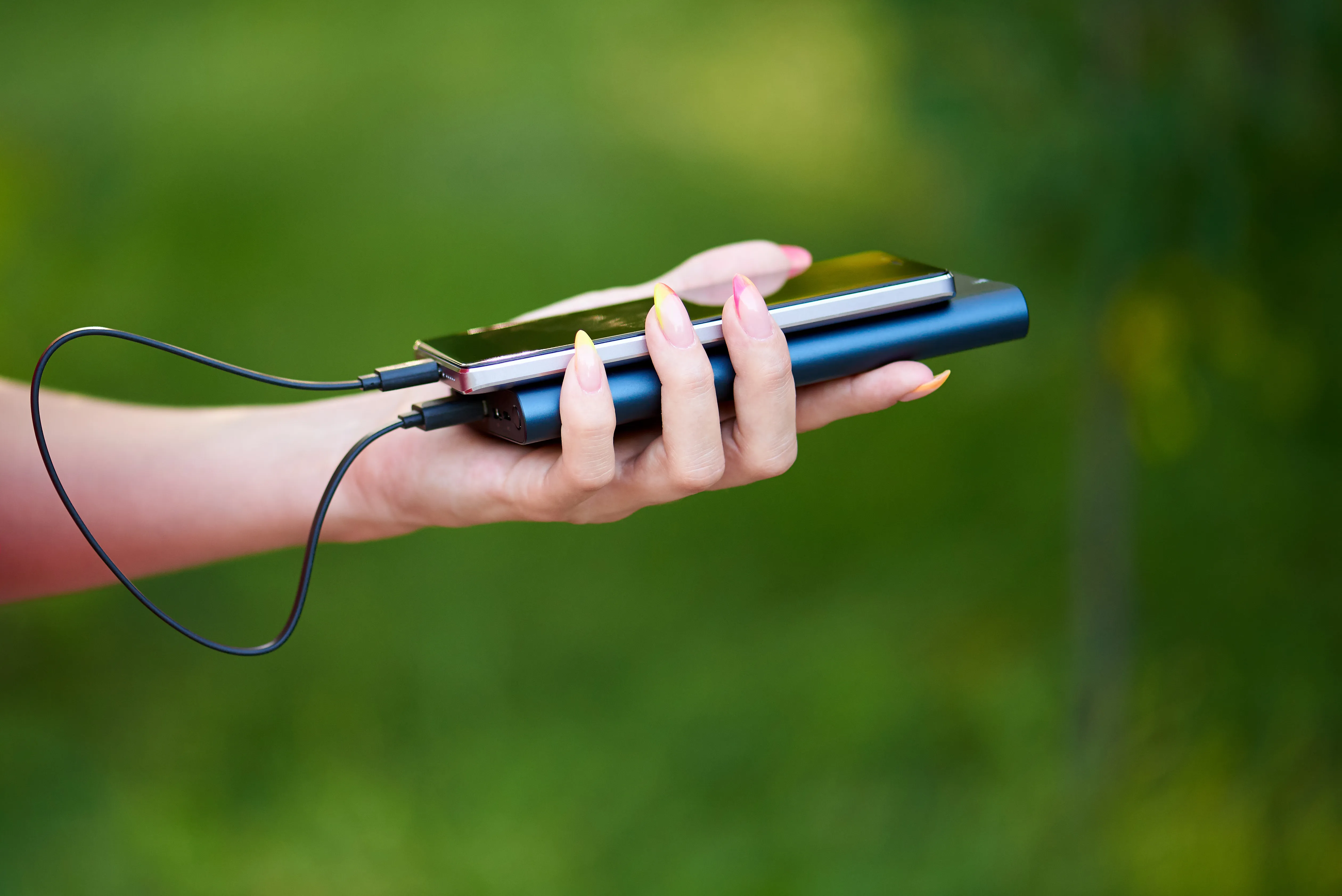
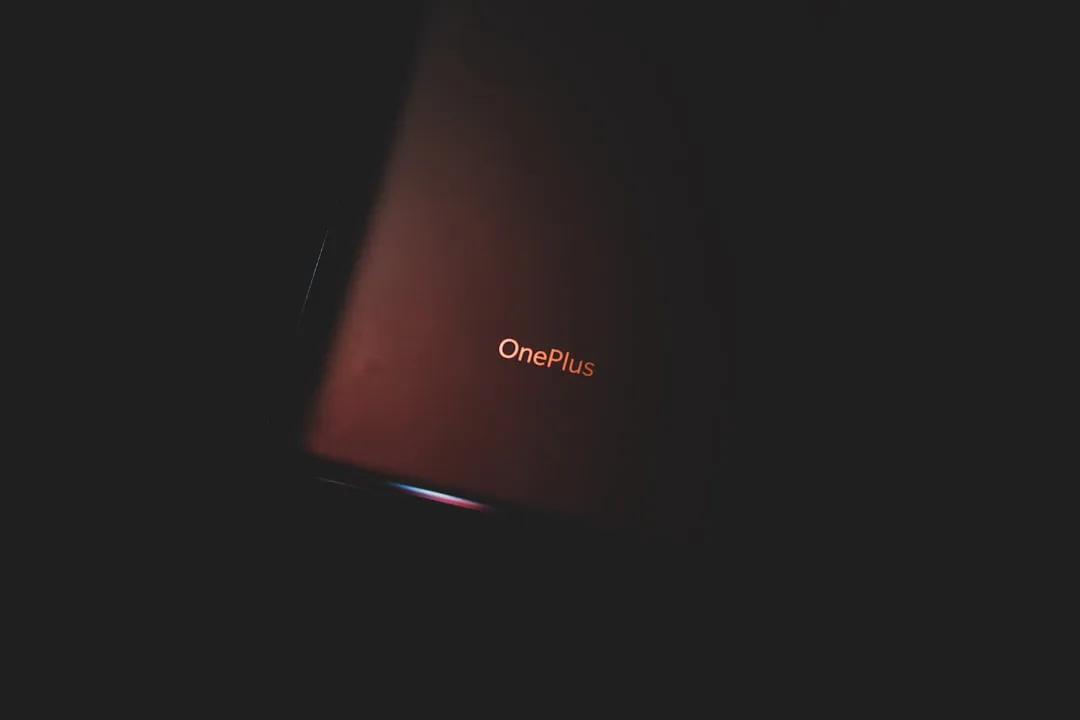

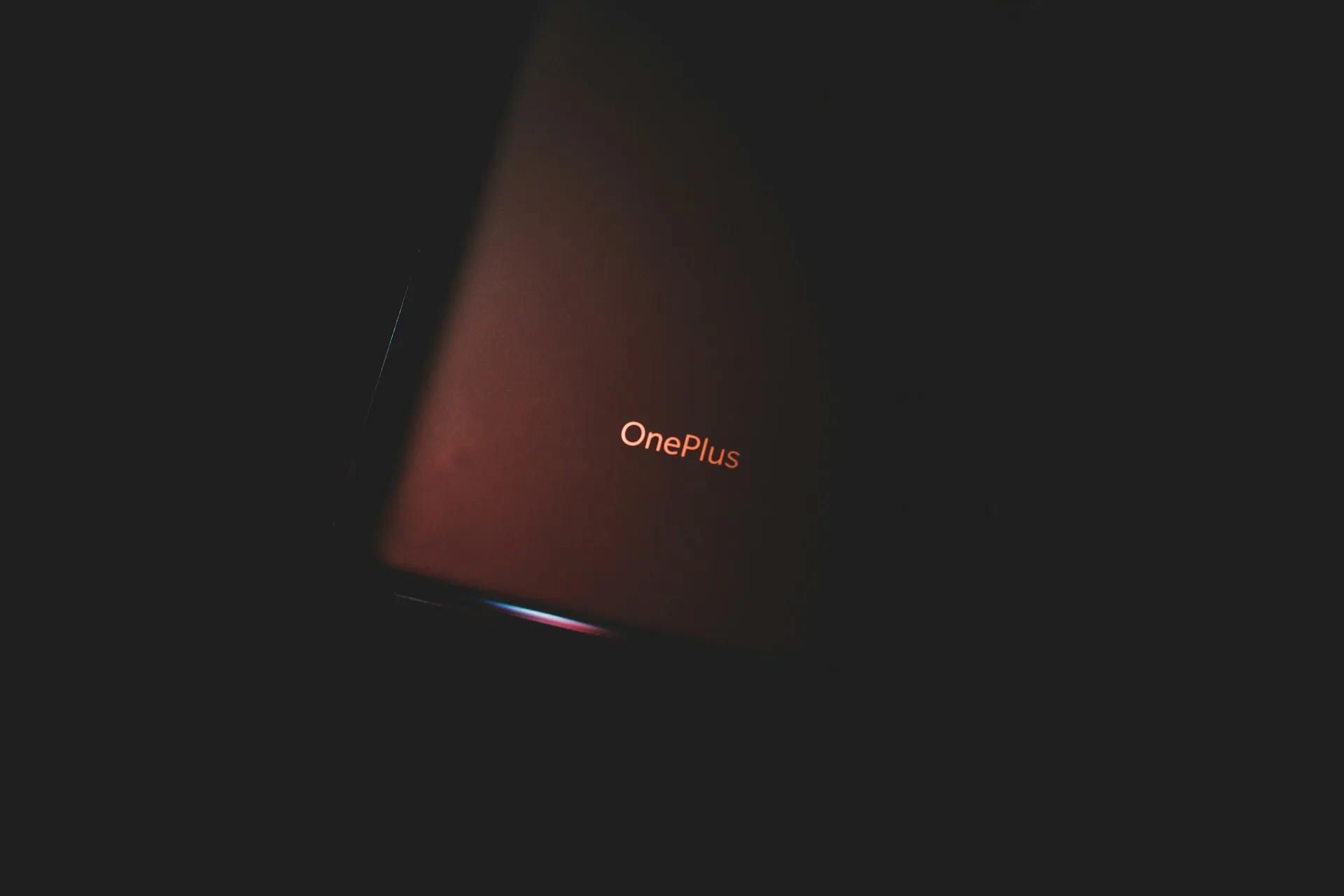
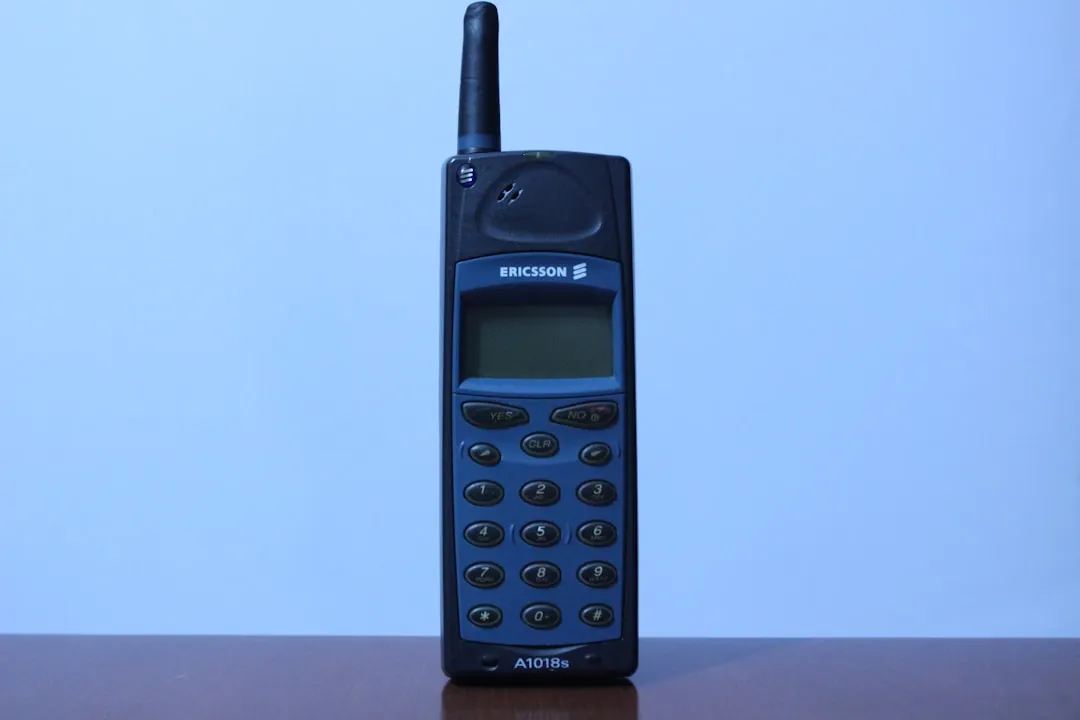
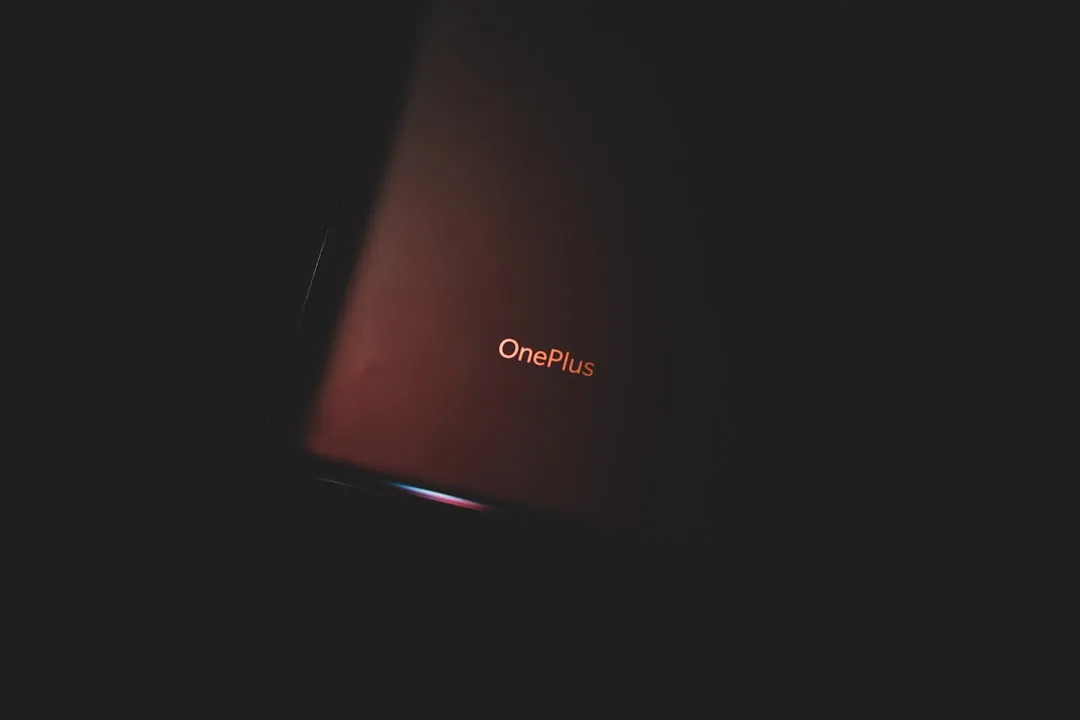

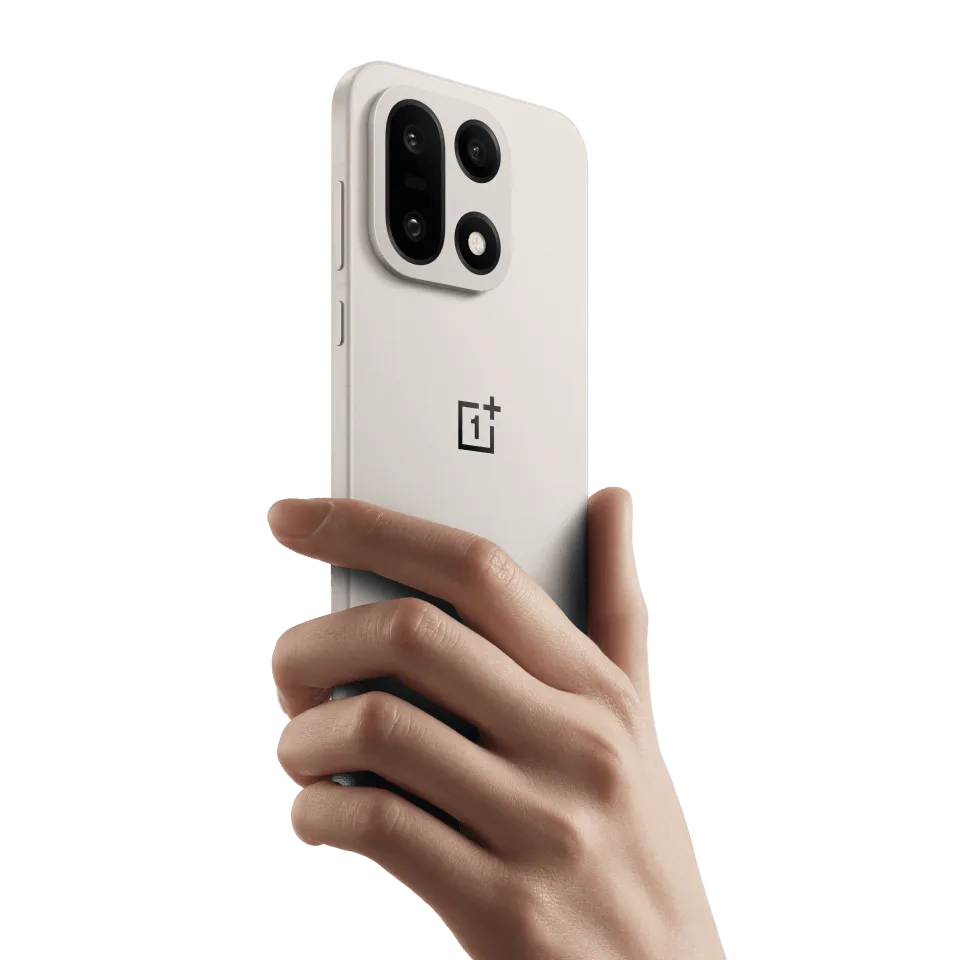
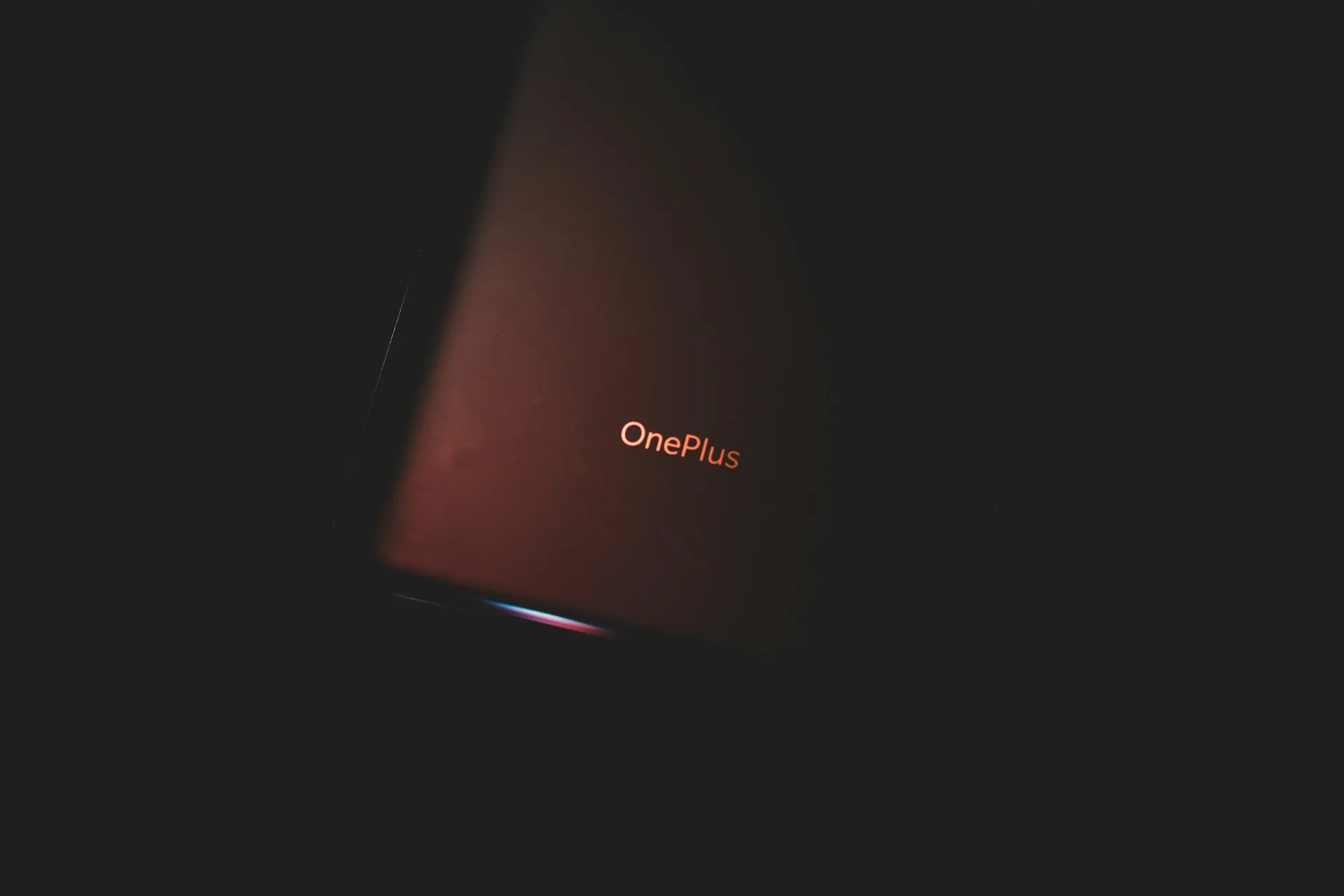


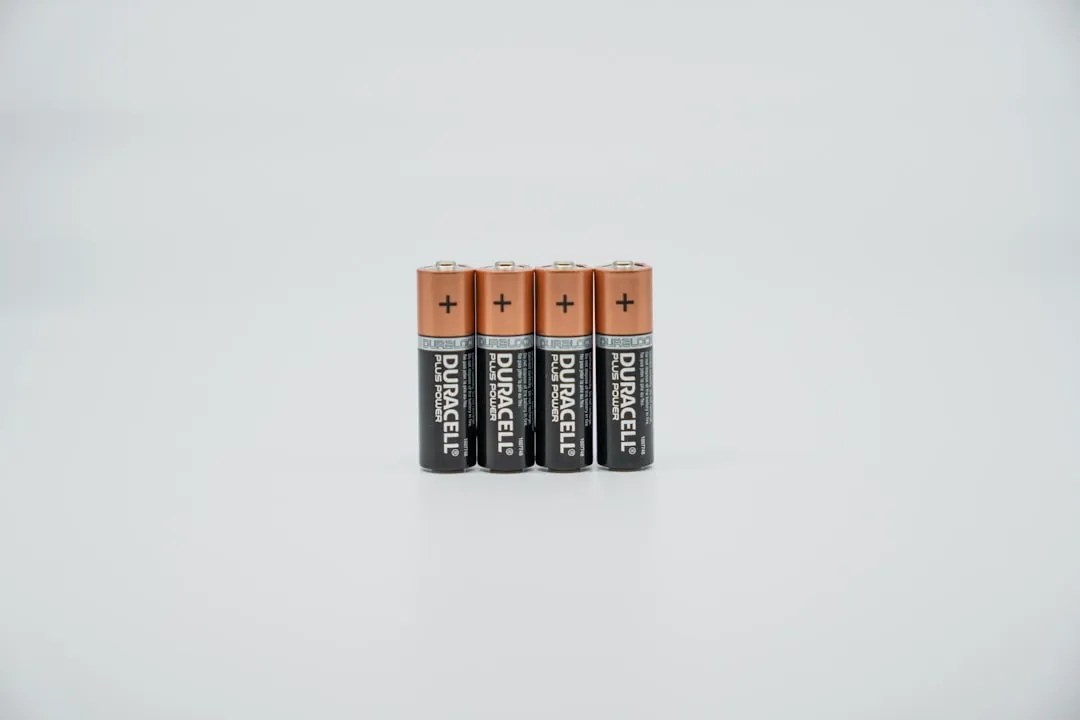
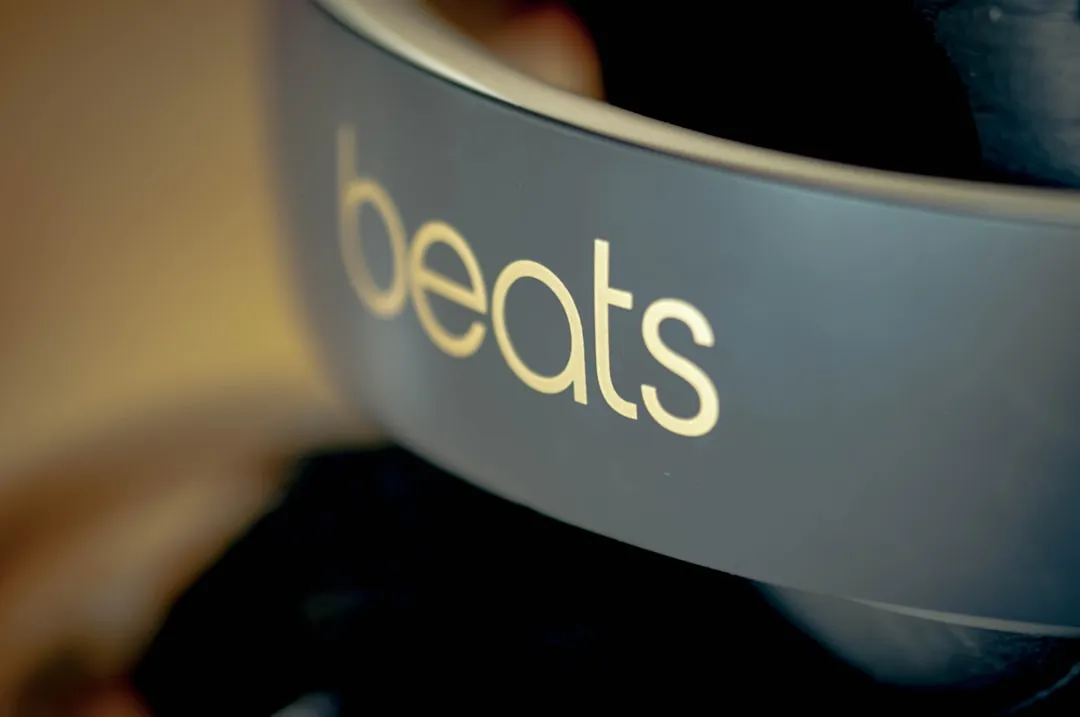
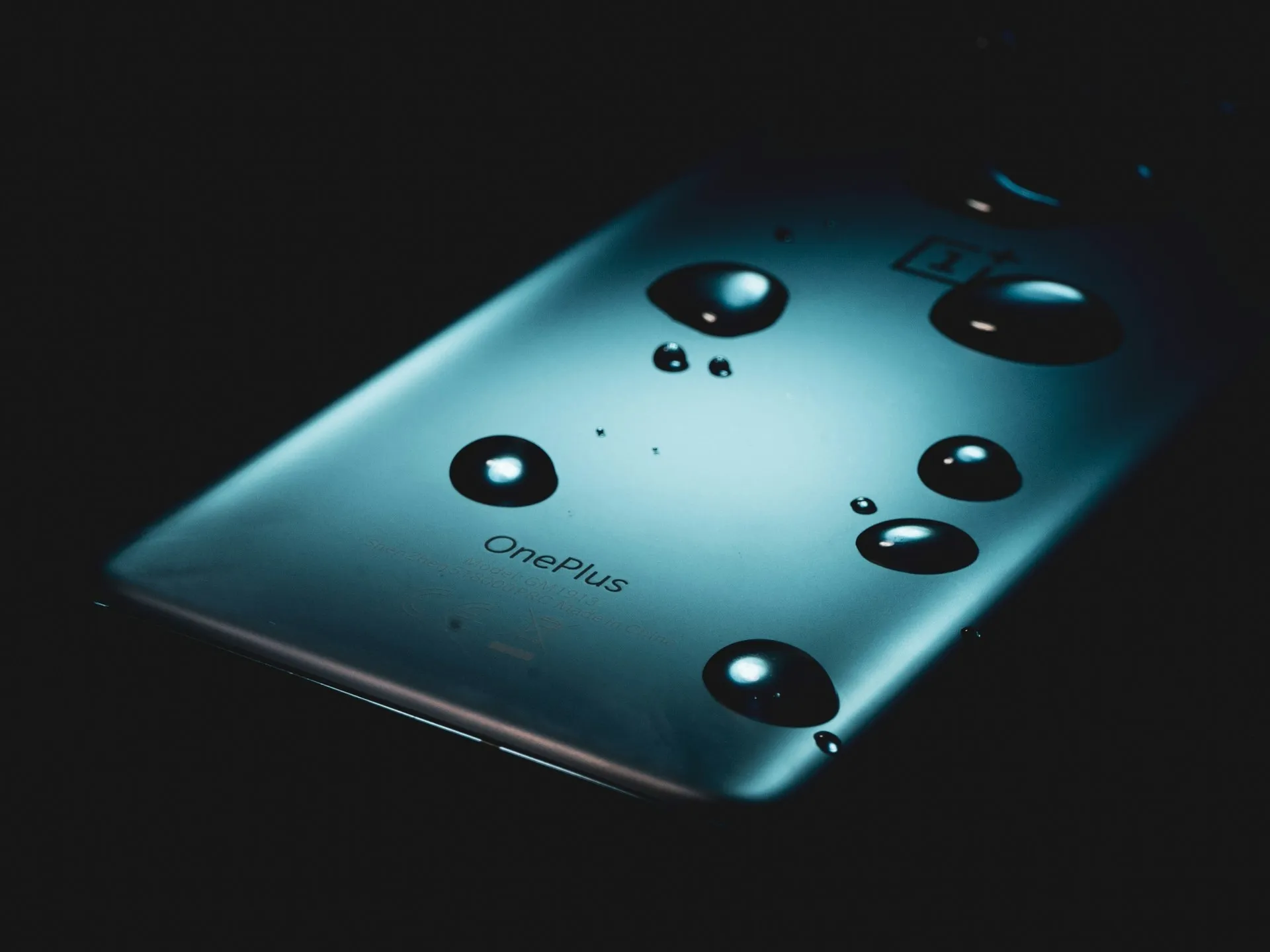
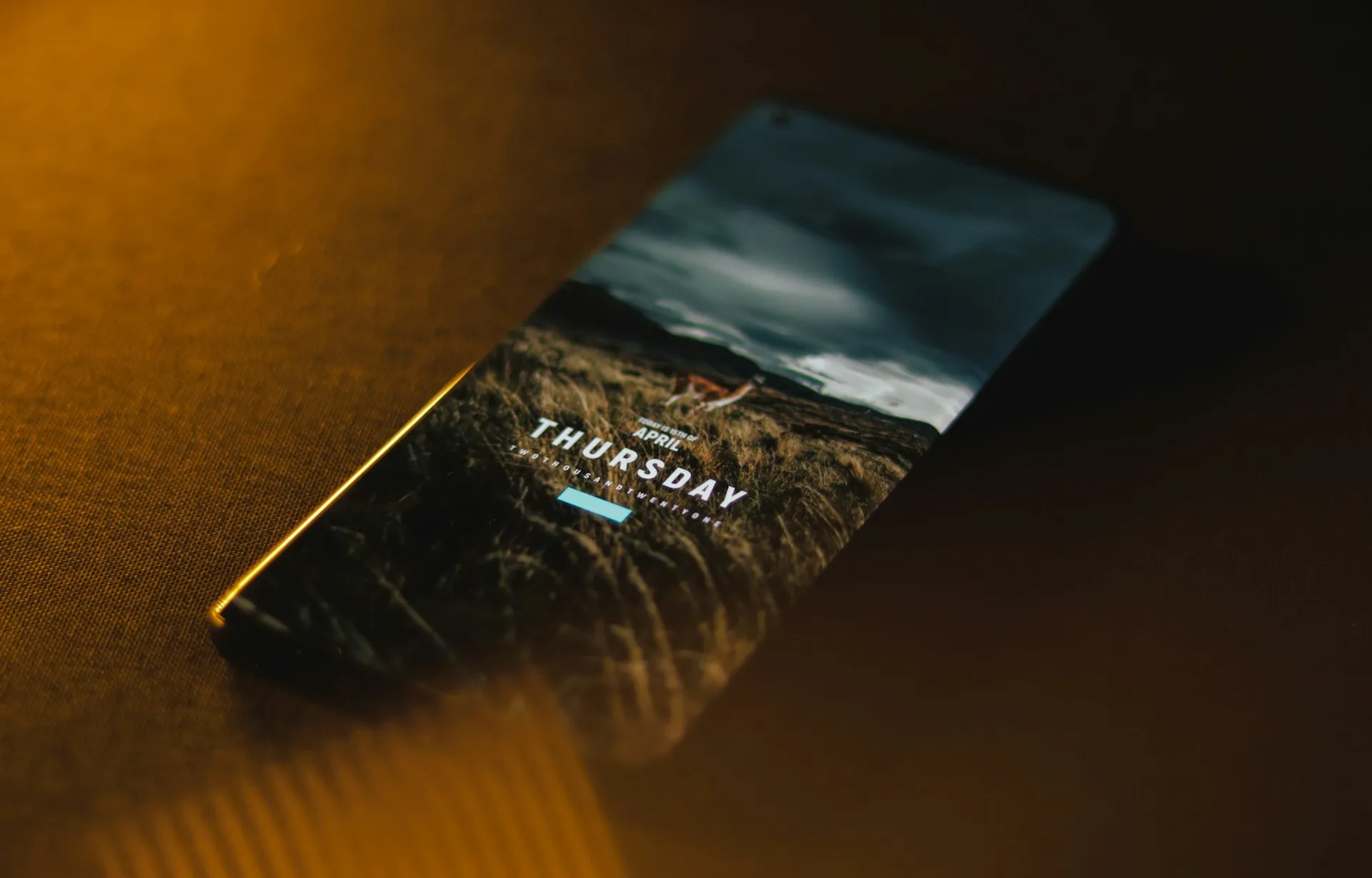
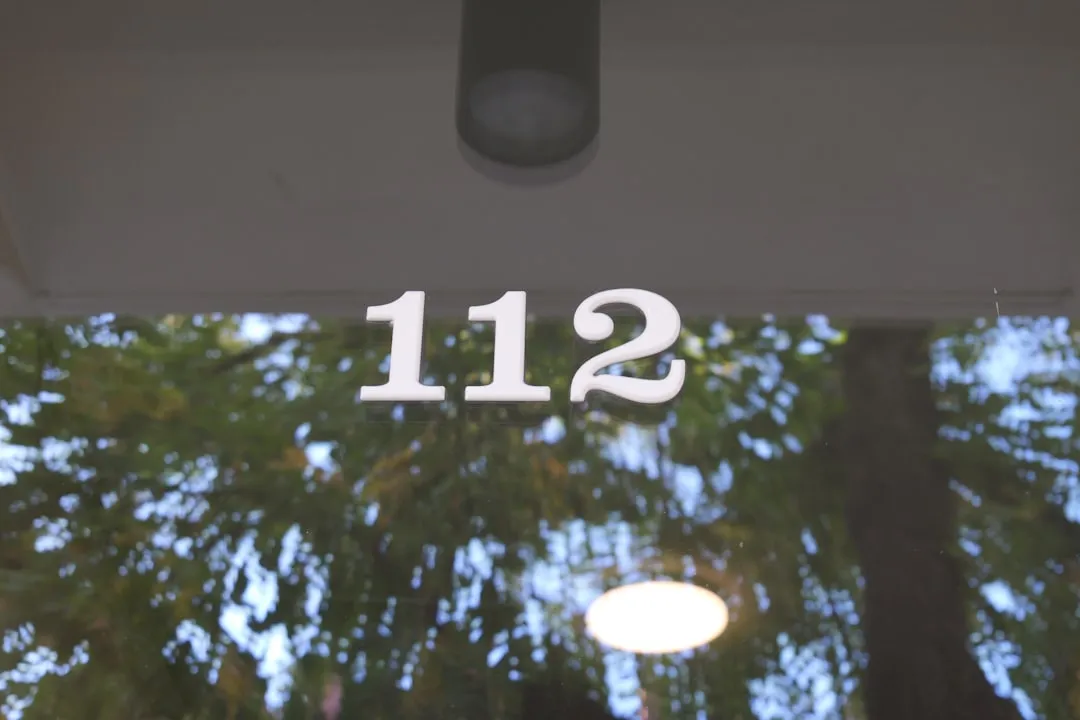

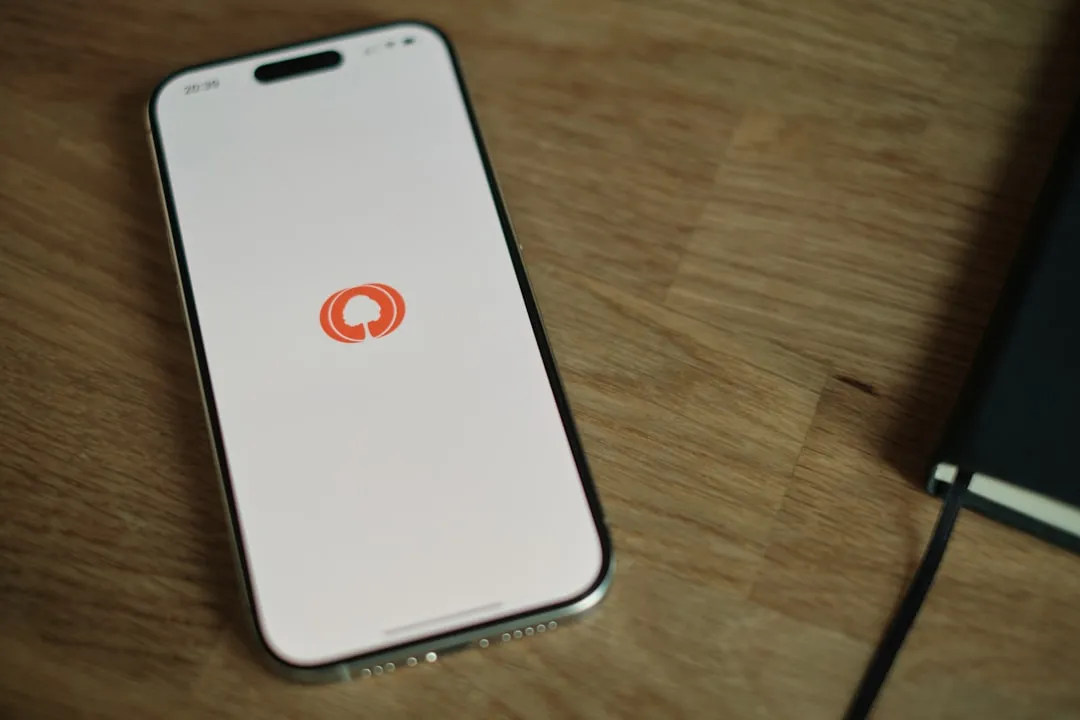
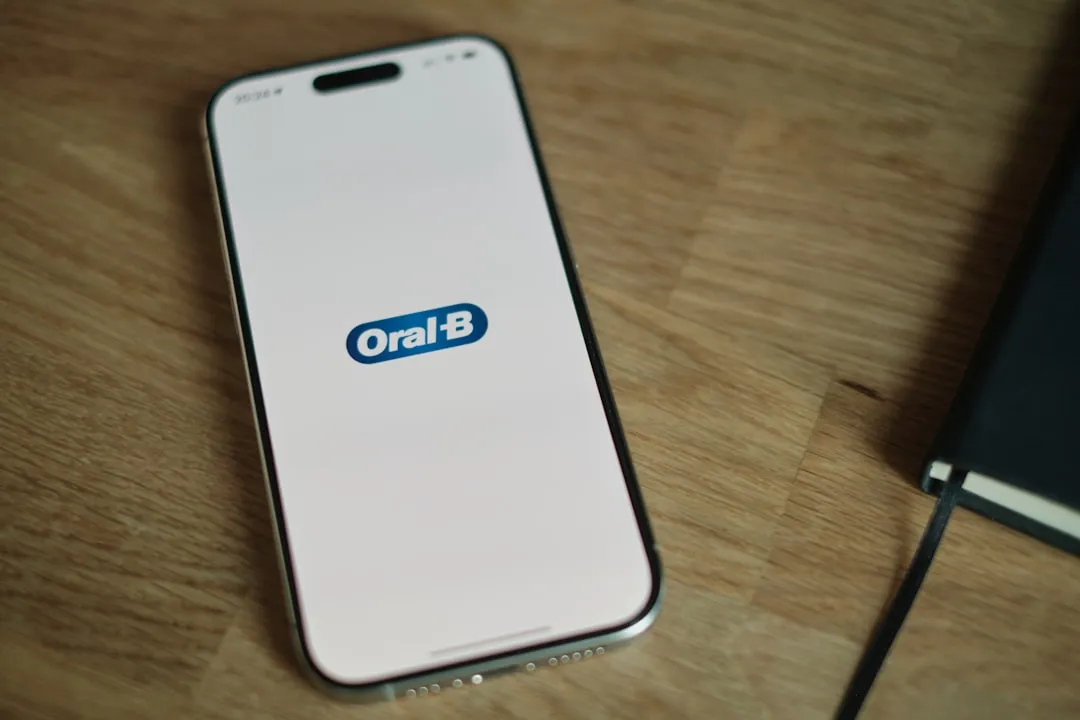
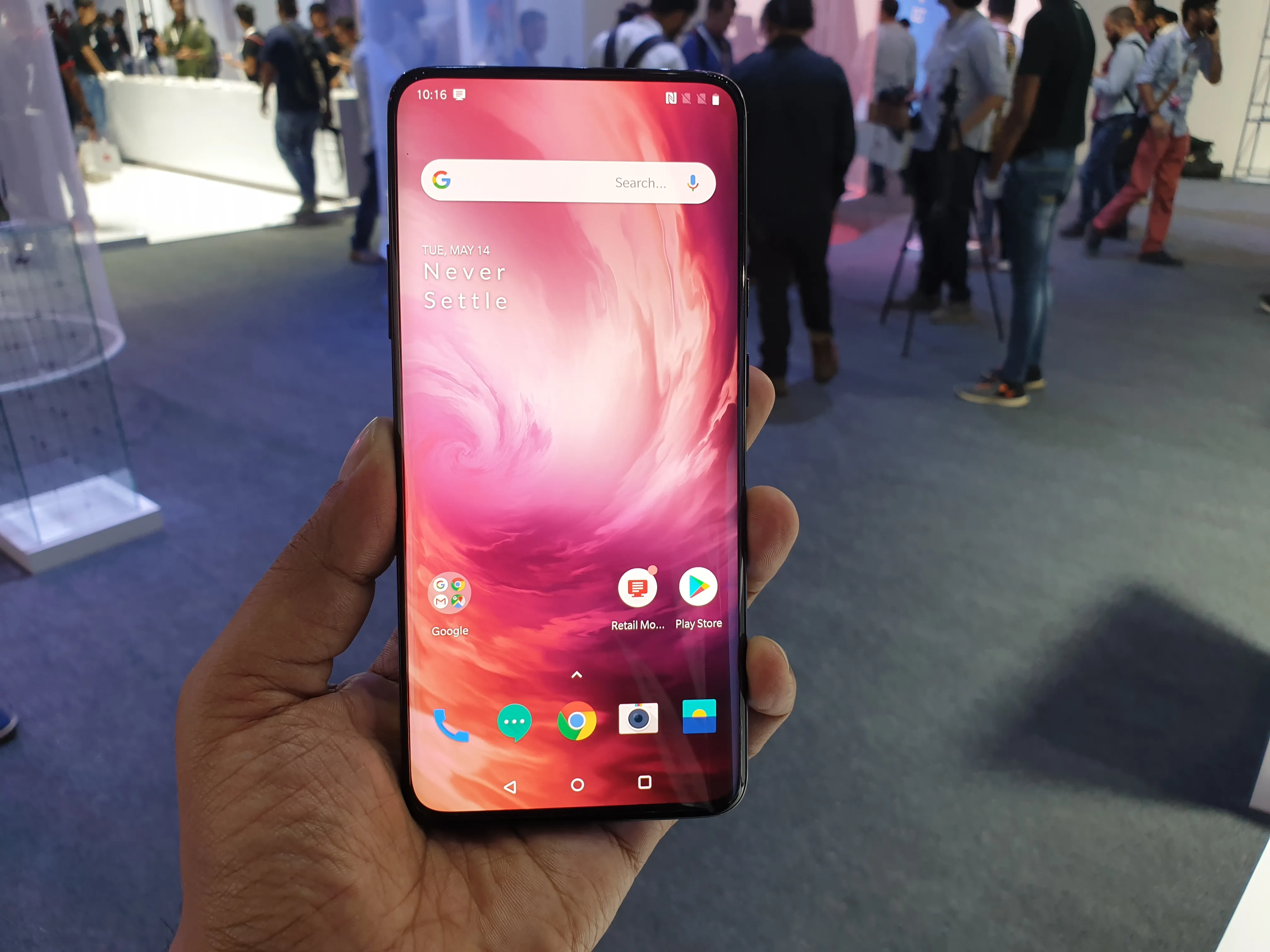
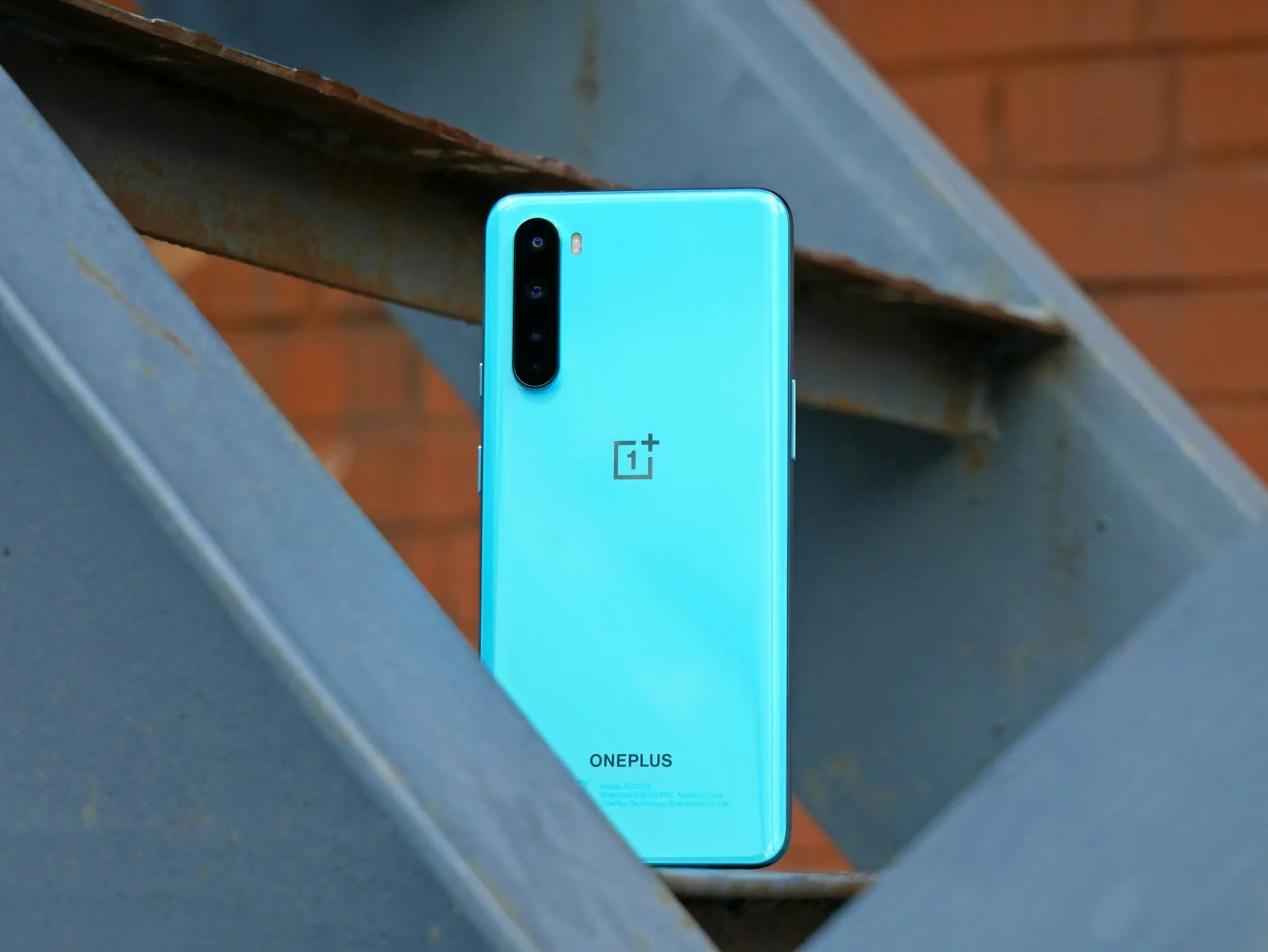
Comments
Be the first, drop a comment!